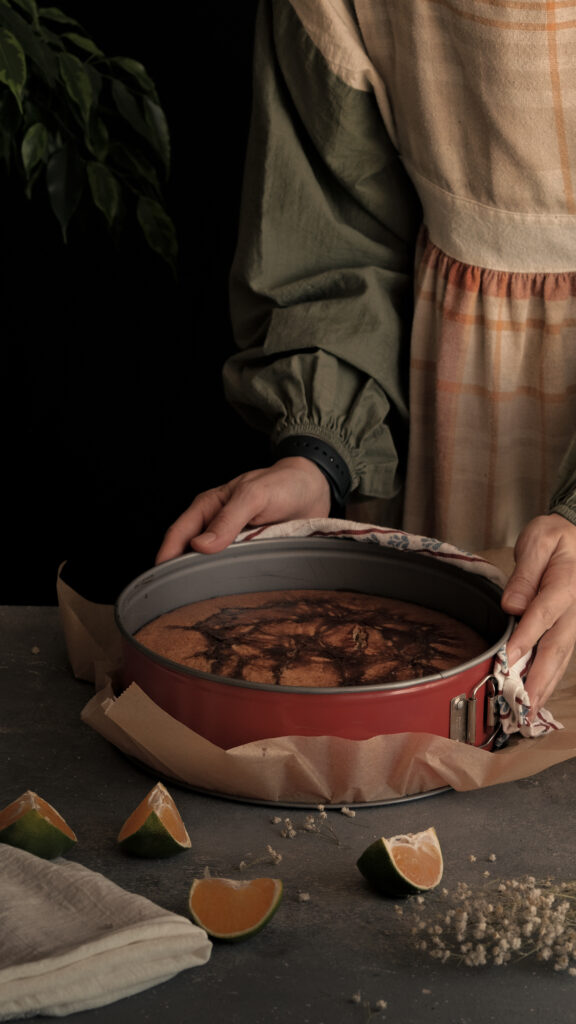If you’re considering preparing for unforeseen circumstances or simply want peace of mind, having a well-thought-out long-term food storage plan is essential. From natural disasters to economic downturns, having a reliable supply of food can help you navigate challenging times with confidence. In this article, we will explore the key elements you should consider when creating your long-term food storage plan, ensuring that you have the necessary essentials to sustain yourself and your loved ones in any situation. When it comes to creating a long-term food storage plan, there are several key factors to consider.
This comprehensive guide will walk you through each step, ensuring that you have all the necessary information and tools to develop an effective and sustainable storage system. By following these guidelines, you can confidently prepare for any unforeseen circumstances or emergencies that may arise in the future.
Assessing your storage space
Before you begin building your food storage plan, it’s important to assess the available space in your home. Take into consideration both the quantity and quality of the storage area. Evaluate how much space you have, whether it’s a pantry, basement, or designated storage room. Additionally, consider the conditions of the space, such as temperature and humidity levels. Some foods may require specific storage conditions, so keep that in mind when planning your storage locations.
Determining your food needs
To determine your food needs, start by calculating your daily caloric intake. This will give you a clearer idea of how much food you should store to meet your nutritional requirements. Additionally, estimate the duration for which you want your food storage to last. Are you looking to store food for a few months, a year, or longer? Finally, consider any dietary restrictions or preferences you or your family members may have, as this will impact the types of food you should include in your storage.
Setting a budget
Setting a budget for your long-term food storage plan is essential. Determine how much money you are willing to allocate towards purchasing food and storage containers. Research cost-effective options and compare prices to find the best deals. Prioritize necessary items, such as staple foods and essential supplies, while keeping your budget in mind.
Choosing the right storage containers
Investing in the right storage containers is crucial to maintaining the longevity and quality of your stored food. Opt for airtight and moisture-resistant containers to ensure that your food remains safe from pests and spoiling. Consider the sizes and shapes of the containers, as well as their stackability and space optimization capabilities. This will help you make the most of your storage space and keep everything organized.

Organizing your storage system
An organized storage system will make it easier for you to keep track of your food inventory and rotate supplies efficiently. Develop a labeling system to clearly mark each container with its contents, purchase date, and expiration date. Categorize food items based on their type and create a rotation plan to ensure that you are using the oldest items first.
Deciding on food types
When selecting the food types to include in your long-term storage plan, focus on choosing a variety of food groups to ensure a balanced diet. Consider shelf-stable items that have a long shelf life, such as canned foods and dry goods. Prioritize options that will last for extended periods without spoiling or losing their nutritional value.

Considering nutritional needs
With a long-term food storage plan, it’s important to consider the nutritional needs of yourself and your family. Aim for a balanced diet that includes essential vitamins, minerals, and macronutrients. Include foods that provide a good source of protein, carbohydrates, and healthy fats. Additionally, take into account any special dietary requirements, such as food allergies or specific nutritional needs.
Storing non-perishable items
Non-perishable items are a key component of any long-term food storage plan. Stock up on canned foods, as they have a long shelf life and provide essential nutrients. Include items like dry goods and grains, such as rice, pasta, and oats. Additionally, consider preserving bulk items, such as legumes and beans, by properly storing them in airtight containers.
Rotating and replenishing supplies
To ensure that your stored food remains fresh and does not go to waste, it’s crucial to rotate and replenish your supplies regularly. Label each item with its purchase and expiration dates to easily identify which items need to be used first. Create a reminder system to prompt you to check and rotate your food inventory regularly. When replenishing supplies, use the oldest items first and replace them with new ones to maintain a constant stock of fresh food.
Keeping track of expiration dates
In order to effectively manage your long-term food storage plan, it’s crucial to keep track of expiration dates. Accurately labeling each item with purchase and expiration dates will help you determine which foods are nearing their expiration and need to be used or replaced. This practice greatly reduces the risk of consuming expired food and ensures that your supplies are consistently fresh and safe for consumption.
In conclusion, creating a long-term food storage plan requires careful consideration of various factors. Assessing your storage space, determining your food needs, and setting a budget are essential first steps. Choosing the right storage containers, organizing your storage system, and deciding on food types based on nutritional needs should also be taken into account. Storing non-perishable items, rotating and replenishing supplies, and keeping track of expiration dates will help you maintain a well-managed and sustainable food storage plan. By following these guidelines, you can feel confident in your ability to be prepared for any situation that may arise.


